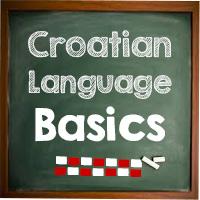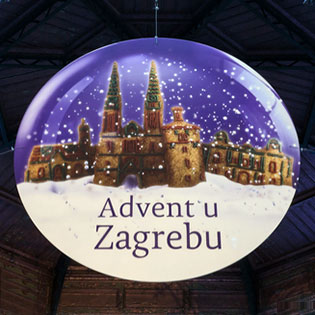Cases
What are they, and how many are there in Croatian?
A case is a grammatical category which refers to the different forms certain words take depending on their function in the sentence.
In Croatian, nouns, adjectives, pronouns and numbers are always declined, which means that they change slightly depending on the case that they're in.
The Croatian language has seven different cases: nominative, genitive, dative, accusative, vocative, locative and instrumental.
Read more about the cases in Croatian
Articles
What are they, and why are they missing in Croatian?
An article is a word that gives us some information about the noun that follows. In English, for example, it defines a noun as general or specific (a and the). In German, in addition it reveals the gender of the noun and its case.
In the majority of European languages indefinite and definite articles – in English the words the and a – are a fundamental and familiar aspect of how the language works. As with many slavic languages, this concept doesn't exist in Croatian.
The idea of a language without the words the and a might sound confusing at first, but it quickly becomes intuitive. In fact, not having to think about articles in addition to case declination, gender and pronunciation actually makes learning to speak Croatian simpler.
Read more about articles in Croatian here
Noun gender
What is it, and how does it work in Croatian?
Gender is a specific form of noun-class system. Simply put, it means that every noun in Croatian is either masculine, feminine or neuter.
It's easy to do it for nouns that denote living things – if a person or an animal is male, its grammatical gender will be masculine, and for living things that are female, the grammatical gender will be feminine.
What makes it slightly more complicated is that the names of inanimate objects also have a gender, which is not determined by any of the characteristics of the object.
Read more about noun gender in Croatian






